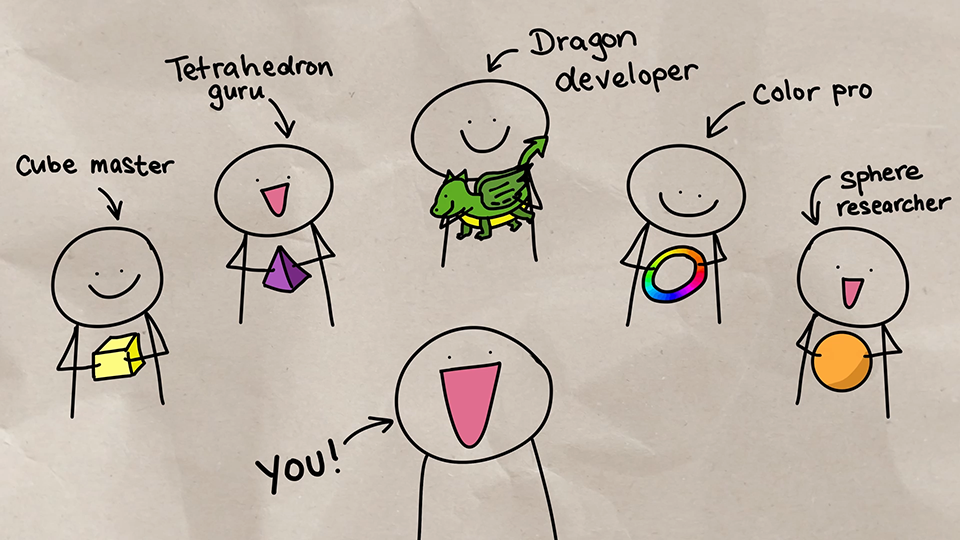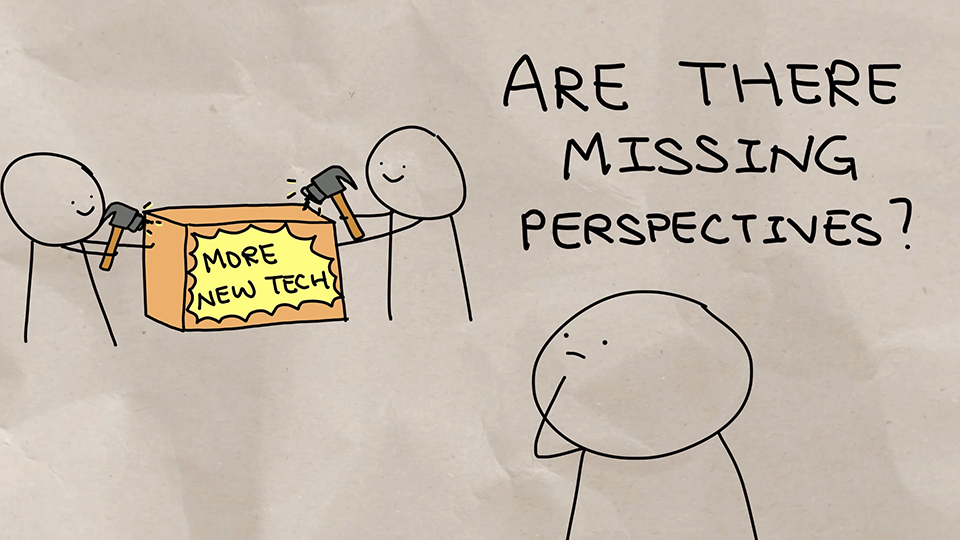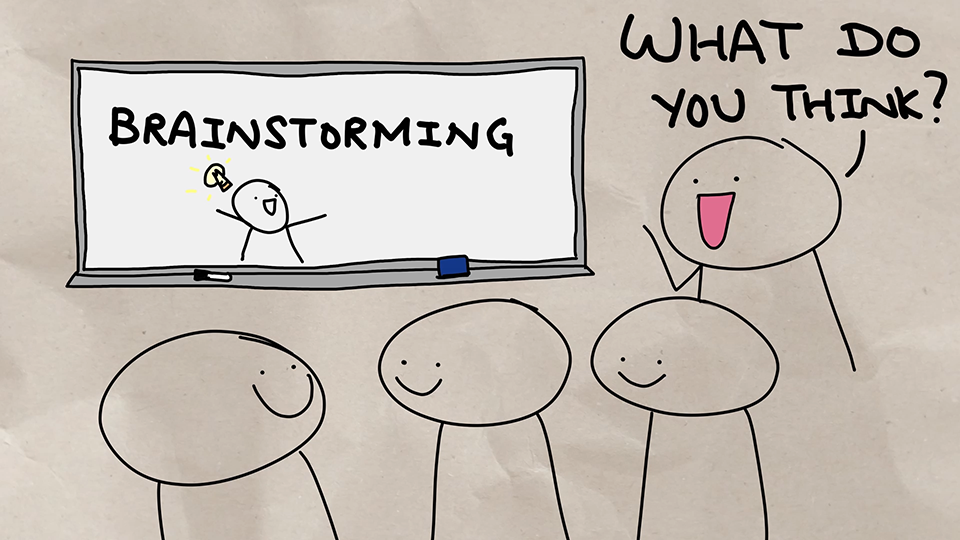Build inclusive environments
With all the knowledge you now have about belongingness in tech, you can think about how to make the next step. How do you help your team cultivate an inclusive environment where everyone feels respected and valued?
Foster an inclusive environment
No one can change the composition of the people already in tech. However, everyone can alter their behavior to foster an inclusive environment and create a greater sense of belonging for all participants. The goal is to ensure that everyone with varying backgrounds, experiences, and knowledge, can contribute.
Note
Remember that you cannot know someone else's prior experience offhand. Social comparisons can make you unfairly question the potential contributions of others.

Foster a climate of belongingness as a mentor
To foster a climate of belongingness in others, there are a few approaches you can take. As a mentor, you can:
Notice the climate of a space.
Notice whether the people in the space have a sense of belongingness.
Acknowledge the challenges presented by the lived experiences of others.
Choose behavior that makes a difference.
Invite, welcome, and value everyone, which sends a message that they belong.
Use micro-affirmations to counter microaggressions
You can implement the following recommendations to begin using micro-affirmations to counter and replace microaggressions:
Be specific with praise. For example, don't give generic praise like, "That code you wrote was good." Instead, you could say, "The code you wrote was well-written and easy to understand. Also, thanks for leaving comments so the other developers can understand your design approach and decisions."
Practice active listening. Focus on listening clearly to what is being shared. Demonstrate that you're listening by creating eye contact and by using an open body posture. For example, don't cross your arms. Summarize statements and ask clarifying questions to ensure understanding. Examples include, "It sounds like a big accomplishment" or "I hear why that matters to you."
Echo what was said and extend it to reassure that their idea is valuable. For example, "Could we return to what you just said? I thought it was an important idea. I'd like to add to it with another thought."
Recognize and validate their experiences. It's helpful to identify and validate the constructive behaviors a learner demonstrates. Respond to the experience, express care about the effect of the event, and help them envision a productive path forward. For example, "You made that happen. I appreciate how you stepped in at the right moment."
Hold the door open. Bring someone along with you to demonstrate that successes can be shared. For example, introduce someone in a group.
Witness and hold emotional space. Don't rush to defend the other party by saying something like, "I'm sure they didn't mean to hurt you." Instead, you can listen, believe what they say, and hold emotional space. For example, you could say, "I'm so sorry that happened to you. It takes courage to share." or "I believe you. Your situation is really tough."
Build inclusive environments
You can start building inclusive environments by creating a welcoming space. Invite others to participate, be open to different perspectives, practice active listening, and share the air. By doing all these things, you also set an example for the rest of the team, class, or group.
Welcome and invite participation
Create a welcoming space by intentionally welcoming others and inviting them to join you. Even if you feel at home and valued in tech, others might not be having the same experience.
You might get an opportunity to help someone navigate a new situation when they feel they don't belong in the same space where you felt comfortable. This opportunity could be as simple as reaching out to a peer who doesn't feel they belong. Maybe you ask them how they're doing, or ask about what projects they're working on. You could also ask them join in a conversation, or invite them to a meeting about a subject you know they're interested in.

In groups, you can be cognizant of people who aren't sharing, or who aren't being given an opportunity to share, and invite them in. Encourage their participation and be sure they know their opinions and ideas are valued.
Be open to different perspectives
Recognize the value of others' perspectives and ideas. Collaborating with people who have diverse opinions and various perspectives fosters an environment of different viewpoints and ideas. Having diversity and differences of opinion is necessary to create impactful solutions.

Be aware of who's in the collaboration, and make sure everyone present has the opportunity to share. Are there people whose ideas would be valuable, but they aren't present? Can you invite them to share their perspectives?

Tip
Remember: A perspective that differs from yours or from the group in general - often referred to as a dissenting opinion - can be extremely valuable. Don't underestimate the value of sharing thoughts or ideas. Someone's perspective might shine a light on an aspect that you or others overlooked.
Practice active listening
Take people and their ideas seriously and try to understand their perspectives, including whether they're feeling respected and valued. If there are people in your group who don't contribute or aren't being taken seriously, can you encourage and invite them to contribute and ensure they're actively listened to?
Tip
Being aware of the messages and signals you're sending to others when interacting, such as non-verbal cues and clarifying questions. Doing so will help them feel heard.

Contribute or step back with intention
Be conscious of the airtime you're taking, and "share the air". Mindfully step up or step back to allow others to participate. You can invite others to share their ideas, ask clarifying questions, and use your active listening skills to ensure that everyone's voice is heard and everyone feels valued and welcomed.
